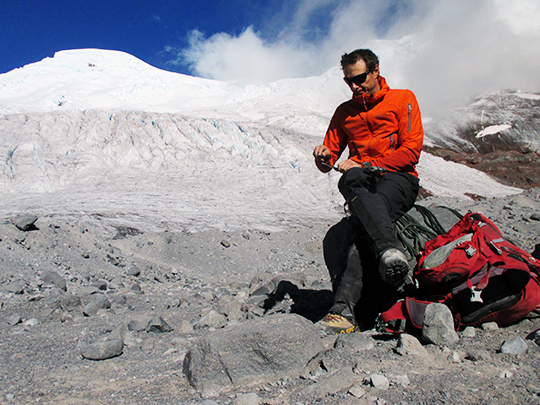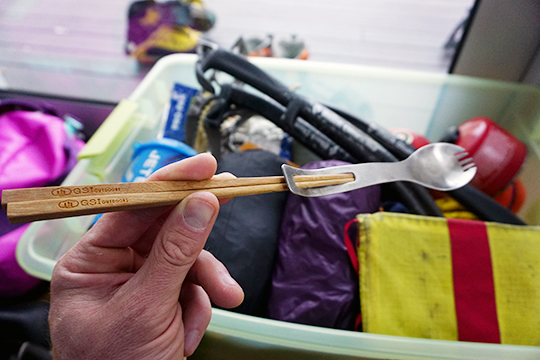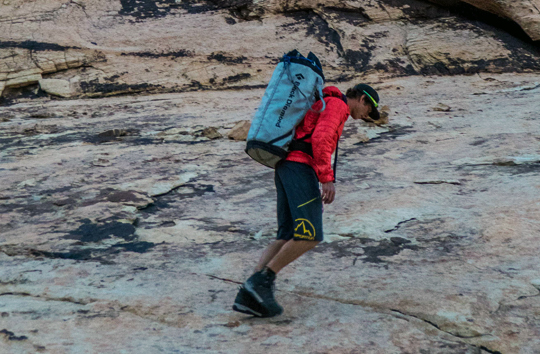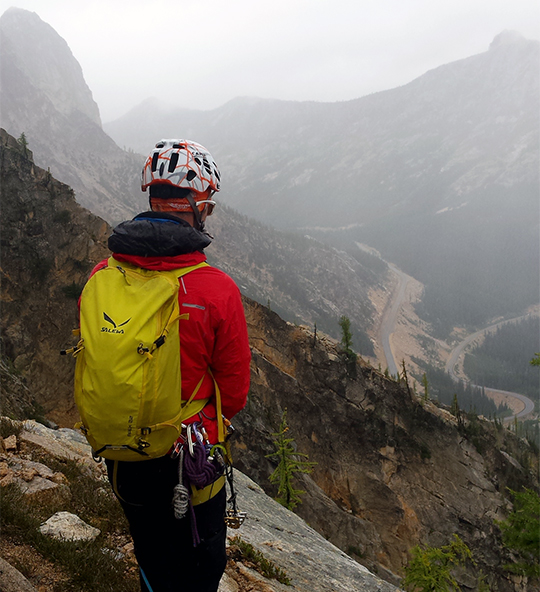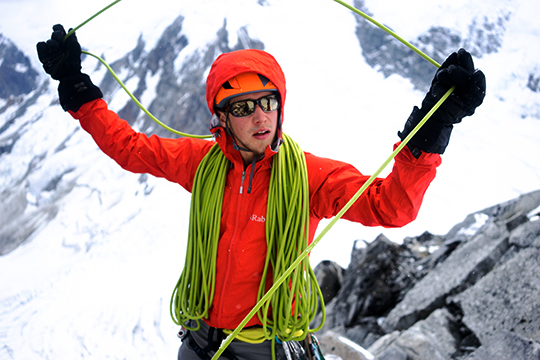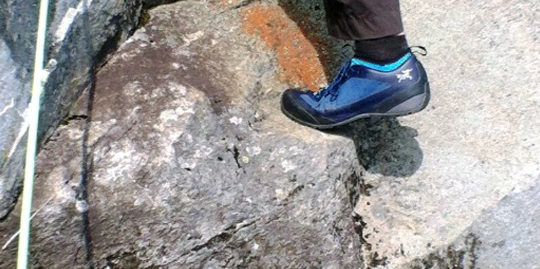Electric Tech One Sunglasses: Essential Gear for Alpine Adventures
This year I put my new pair of Electric Tech One sunglasses through rigorous field-testing. I wore them on a month-long climbing trip to Colorado’s Front Range, the Moab area and northern Arizona.
